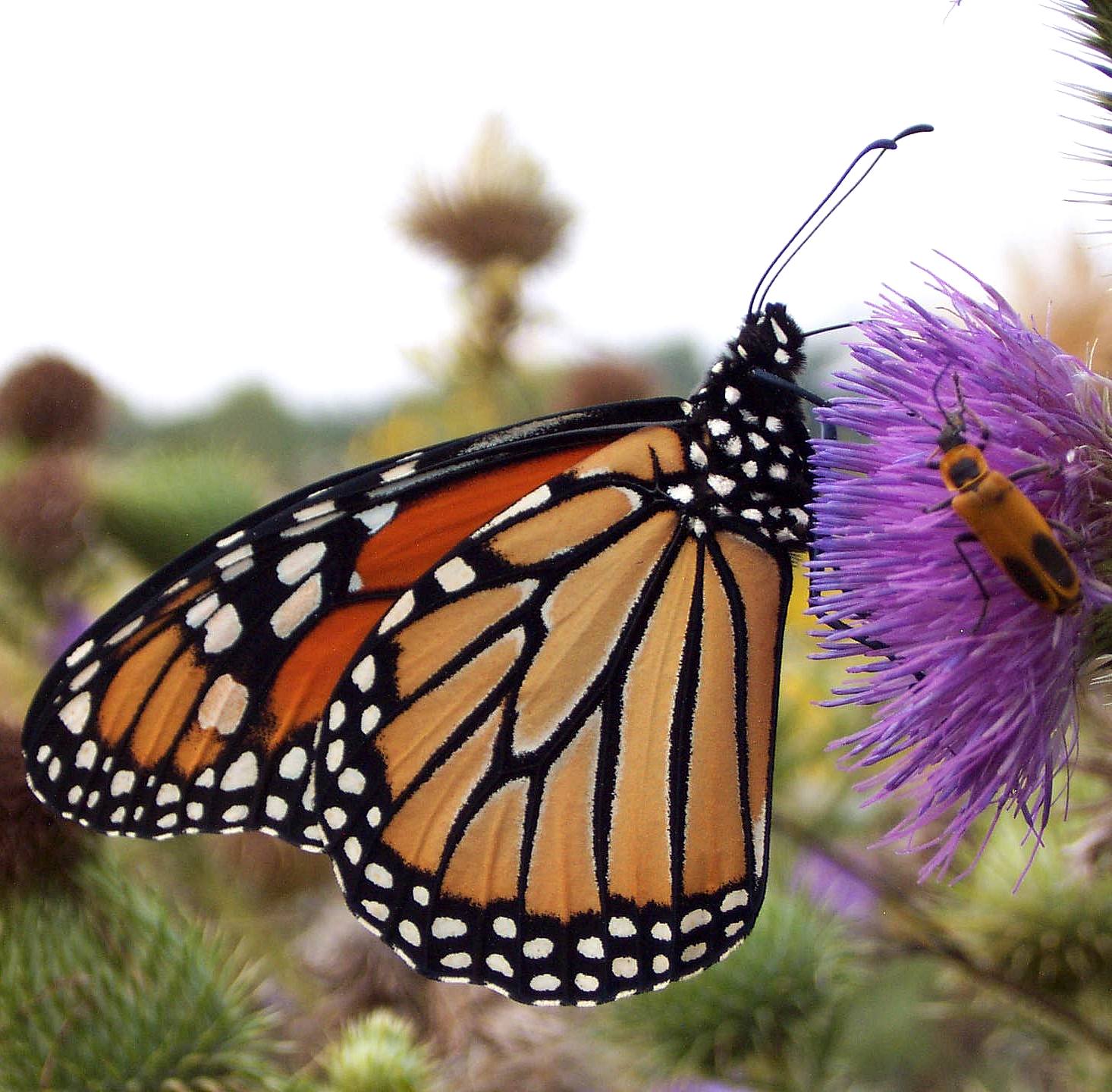|
Quercus × Warei
''Quercus'' × ''warei'' is a hybrid oak tree in the genus ''Quercus''. The tree is a hybrid of ''Quercus robur'' f. ''fastigiata'' (upright English oak) and ''Quercus bicolor'' (swamp white oak). The hybrid is named for the American dendrologist George Ware, former Research Director at the Morton Arboretum in Illinois. Cultivars Two cultivars, 'Long' and 'Nadler' were patented. 'Nadler' was patented and trademarked in 2007. The mother tree of both cultivars is a ''Quercus robur'' f. ''fastigiata'' (upright English oak, a narrow form) growing in Columbia, Missouri. The ortet of 'Nadler' is growing in Jacksonville, Illinois. Approximately 1000 seeds were collected from the mother plant in 1974 and propagated, with two selected for further development as cultivars, which are now propagated clonally. The 'Long' cultivar is marketed under the trade designation , and the 'Nadler' cultivar under the trade designation . 'Nadler' oaks are 11 m (35 ft) tall with a limb spread ... [...More Info...] [...Related Items...] OR: [Wikipedia] [Google] [Baidu] |
Plant
Plants are predominantly Photosynthesis, photosynthetic eukaryotes of the Kingdom (biology), kingdom Plantae. Historically, the plant kingdom encompassed all living things that were not animals, and included algae and fungi; however, all current definitions of Plantae exclude the fungi and some algae, as well as the prokaryotes (the archaea and bacteria). By one definition, plants form the clade Viridiplantae (Latin name for "green plants") which is sister of the Glaucophyte, Glaucophyta, and consists of the green algae and Embryophyte, Embryophyta (land plants). The latter includes the flowering plants, conifers and other gymnosperms, ferns and Fern ally, their allies, hornworts, liverworts, and mosses. Most plants are multicellular organisms. Green plants obtain most of their energy from sunlight via photosynthesis by primary chloroplasts that are derived from endosymbiosis with cyanobacteria. Their chloroplasts contain chlorophylls a and b, which gives them their green colo ... [...More Info...] [...Related Items...] OR: [Wikipedia] [Google] [Baidu] |
Morton Arboretum
The Morton Arboretum, in Lisle, Illinois, United States, is a public garden, and outdoor museum with a library, herbarium, and program in tree research including the Center for Tree Science. Its grounds, covering 1,700 acres (6.9 square kilometres), include cataloged collections of trees and other living plants, gardens, and restored areas, among which is a restored tallgrass prairie. The living collections include more than 4,100 different plant species. There are more than 200,000 cataloged plants. As a place of recreation, the Arboretum has hiking trails, roadways for driving and bicycling, a interactive children's garden and a maze. The Schulenberg Prairie at the Arboretum was one of the earliest prairie restoration projects in the Midwest, begun in 1962. It is one of the largest Prairie restoration, restored prairies in the Chicago suburban area. The Arboretum offers an extensive nature-centered education program for children, families, school groups, scouts, and adults, ... [...More Info...] [...Related Items...] OR: [Wikipedia] [Google] [Baidu] |
Acorn
The acorn, or oaknut, is the nut of the oaks and their close relatives (genera '' Quercus'' and ''Lithocarpus'', in the family Fagaceae). It usually contains one seed (occasionally two seeds), enclosed in a tough, leathery shell, and borne in a cup-shaped cupule. Acorns are long and on the fat side. Acorns take between 5 and 24 months (depending on the species) to mature; see the list of ''Quercus'' species for details of oak classification, in which acorn morphology and phenology are important factors. Etymology The word ''acorn'' (earlier ''akerne'', and ''acharn'') is related to the Gothic name ''akran'', which had the sense of "fruit of the unenclosed land". The word was applied to the most important forest produce, that of the oak. Chaucer spoke of "achornes of okes" in the 14th century. By degrees, popular etymology connected the word both with "corn" and "oak-horn", and the spelling changed accordingly. The current spelling (emerged 15c.-16c.), derives from ... [...More Info...] [...Related Items...] OR: [Wikipedia] [Google] [Baidu] |
Heterosis
Heterosis, hybrid vigor, or outbreeding enhancement is the improved or increased function of any biological quality in a hybrid offspring. An offspring is heterotic if its traits are enhanced as a result of mixing the genetic contributions of its parents. These effects can be due to Mendelian or non-Mendelian inheritance. Definitions In proposing the term heterosis to replace the older term heterozygosis, G.H. Shull aimed to avoid limiting the term to the effects that can be explained by heterozygosity in Mendelian inheritance. Heterosis is often discussed as the opposite of inbreeding depression, although differences in these two concepts can be seen in evolutionary considerations such as the role of genetic variation or the effects of genetic drift in small populations on these concepts. Inbreeding depression occurs when related parents have children with traits that negatively influence their fitness largely due to homozygosity. In such instances, outcrossing s ... [...More Info...] [...Related Items...] OR: [Wikipedia] [Google] [Baidu] |
Powdery Mildew
Powdery mildew is a fungal disease that affects a wide range of plants. Powdery mildew diseases are caused by many different species of ascomycete fungi in the order Erysiphales. Powdery mildew is one of the easier plant diseases to identify, as its symptoms are quite distinctive. Infected plants display white powdery spots on the leaves and stems. The lower leaves are the most affected, but the mildew can appear on any above-ground part of the plant. As the disease progresses, the spots get larger and denser as large numbers of asexual spores are formed, and the mildew may spread up and down the length of the plant. Powdery mildew grows well in environments with high humidity and moderate temperatures. Greenhouses provide an ideal moist, temperate environment for the spread of the disease. This causes harm to agricultural and horticultural practices where powdery mildew may thrive in a greenhouse setting. In an agricultural or horticultural setting, the pathogen can be controlled ... [...More Info...] [...Related Items...] OR: [Wikipedia] [Google] [Baidu] |
|





